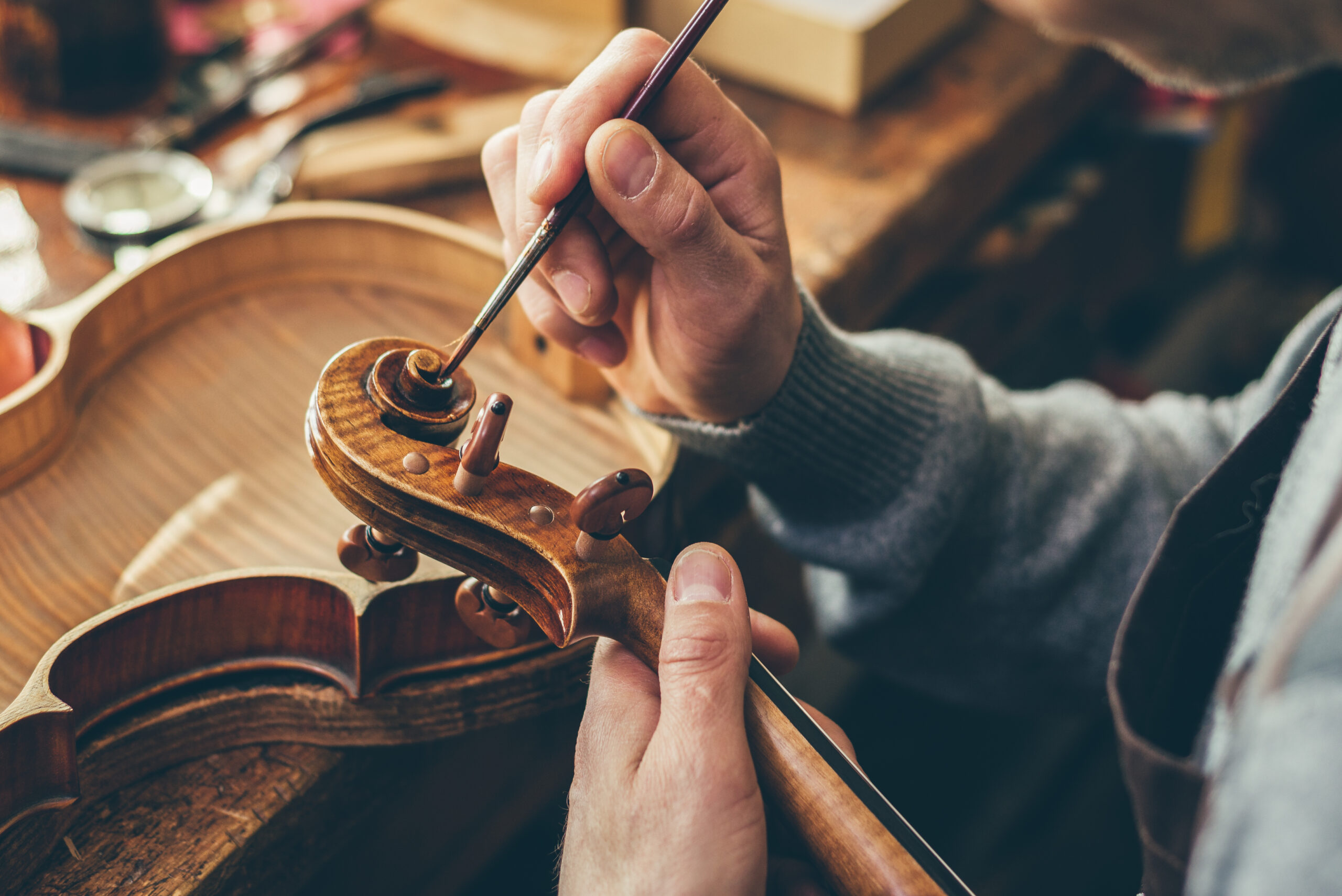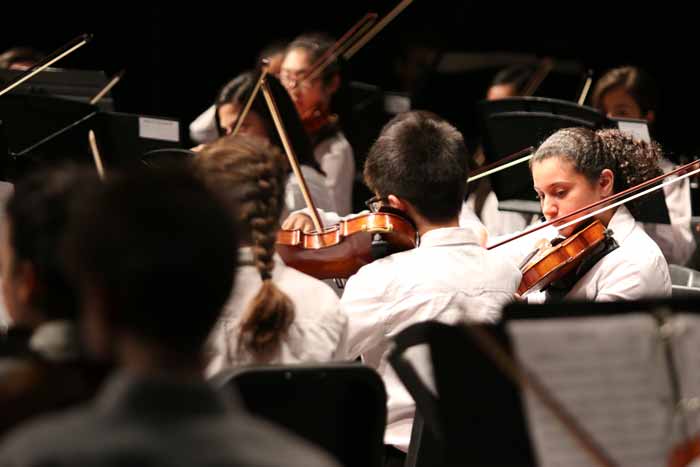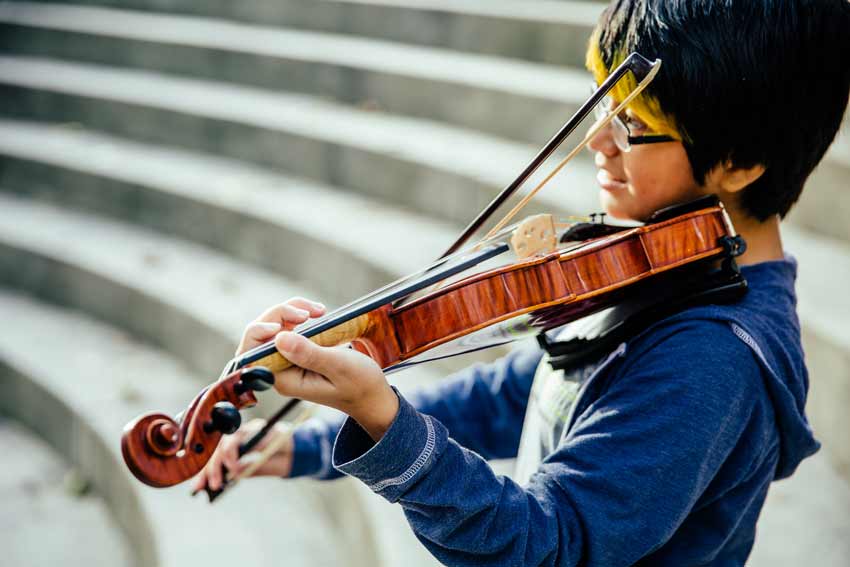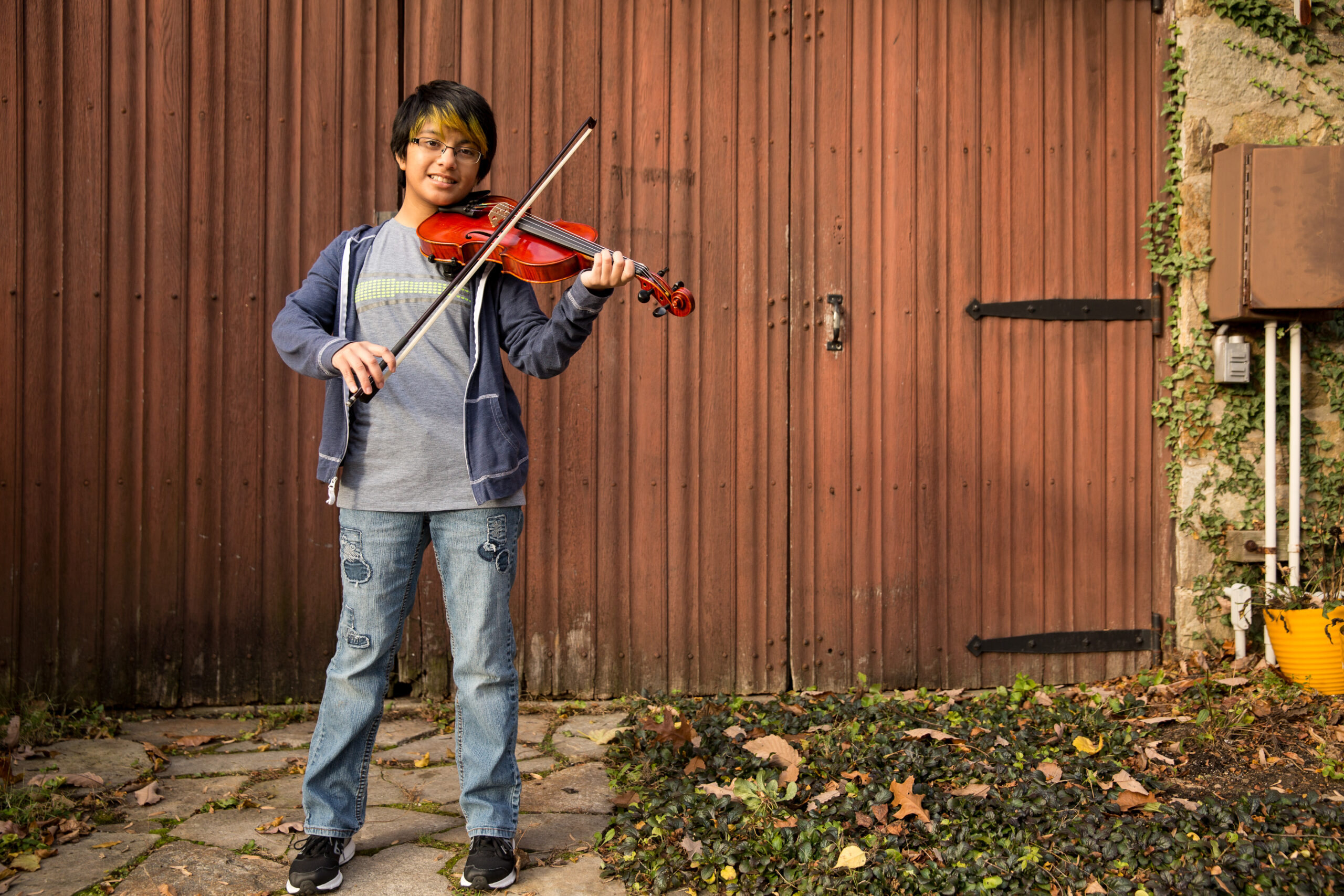August 01, 2015
The Most Common Viola Repairs


If you’re considering purchasing or renting a viola, you may be wondering if there are common issues with the instrument you should be aware of which might affect your decision. The truth is that, regardless of whether you choose to rent or buy your viola, there are issues that you’ll eventually have to deal with. It may be true, however, that you’re more likely to experience some issues if you rent or buy a previously used instrument. It’s also true that the way you take care of your viola will affect the likelihood that you’ll experience certain issues. We’ve decided to give a quick rundown of some of the most common viola repairs you might expect as a beginner viola player as well as some ways you might avoid or prevent them.
New Strings
Regardless of whether your viola is new or old, you’ll eventually need to change the strings. Changing strings isn’t necessarily a repair, but it’s not uncommon that you’ll discover some damage to your instrument while you’re changing the strings. In other cases, especially for those who have never changed strings on an instrument before, it’s possible that you’ll cause damage to your instrument while you’re changing the strings. For this reason, it’s generally a good idea to have a professional show you how to change your strings the first couple times. If you have an older, used instrument, taking it into a professional when you first get it is also a great opportunity to have them look the instrument over for potentially necessary repairs. When you eventually start changing the strings on your viola yourself, take care not to overtighten your strings which can cause damage to the bridge.
Bridge
Replacing a bridge is one of the most common viola repairs. When you tune the strings on your viola, it’s common that the pressure causes the bridge to tilt at an angle. Over time, if this tilting isn’t corrected, the bridge can fall down and crack. When this happens, you’ll need to replace it. Bridges on violas can also become warped if they’re left exposed to temperatures that are either too high or too low or environments that are either too dry or too humid. While the pressure that the strings put on the bridge do make some issues common, you can make sure to avoid frequent bridge replacements by keeping the bridge perpendicular to the instrument when you tune it and by storing the instrument in an environment that won’t warp or cause damage to the wood.
Cracks and Open Seams
One sign that your viola may have developed a crack is if you hear an annoying buzzing sound when you play. Cracks and open seams are often caused by dramatic changes in humidity and temperature which causes the glue that holds the instrument together to detach. If the instrument is left somewhere that’s too dry, it’s possible that a crack can form along the grain of the wood. Repairing a crack in an instrument requires a trained professional. If you try to repair cracks yourself, you’ll likely make matters worse (and the eventual professional repairs more expensive). If you hear a buzz, it’s best to take your viola in right away. Again, the best way to prevent these cracks from developing is by storing your viola in an instrument-friendly environment that isn’t too hot, cold, dry, or humid.
Fingerboard
When it comes to the viola’s fingerboard, there are a few issues which require professional attention. First, a fingerboard can come loose which will also cause an annoying buzz when you play. Second, the fingerboard can become warped when exposed to harsh temperatures and environments. It may sound a bit repetitive, but the importance of properly storing and maintaining your viola cannot be understated. Depending on the severity of the damage, you may need to have your fingerboard re-glued, resurfaced, or replaced completely. In order to preserve your fingerboard, make sure to always wipe it down after every use. If and when issues do occur, head over to an experienced repair technician. Fingerboard repairs are not something you’d want to do yourself.
Chips and Scratches
Violas, like most instruments that are primarily made of wood, are especially vulnerable to being chipped or scratched. Usually, unless a scratch is especially severe, it won’t affect the sound produced by the instrument. While it’s possible to take a viola in to have a scratch repaired, it’s not usually necessary and often done purely for cosmetic reasons. Chips, on the other hand, can affect the instruments sound. Fortunately, as long as the chipped piece is not lost, it can typically just be glued back on. If the chipped piece is lost, a repair technician will create a piece and glue it back on for you.
These repairs are possible for you to do on your own, but if you don’t feel comfortable or worry about additional damage, these repairs aren’t very expensive and don’t take much time to complete. Avoid chips and scratches by storing your viola in a sturdy case and in places where it won’t be kicked, dropped, or have other stuff stored on top of it.
Soundpost
There are a few different reasons why your viola’s soundpost might require a repair. The soundpost can fall down if the instrument is kicked or dropped, if all the strings have lost tension at once, or if the instrument is exposed to a drastic change in humidity. A qualified repair person will be able to set the soundpost back up or replace it, if necessary. This is a repair that should not be attempted by inexperienced viola owners.
Other Repairs Which Require a Professional
There are other repairs that a viola might need which require you to take the instrument into a qualified repair technician. If the pegs on your viola become warped and they need to be replaced, you should go to an experienced viola repair person. If the chin rest is coming into contact with the tailpiece, a repair person may be necessary. Finally, if your violas tailgut breaks causing the strings to fly loose, the bridge to pop off, and the soundpost to fall down, you will definitely need to go to an experienced viola repair person. Fortunately, though this issue scares viola owners, it can often be fixed on the spot.
Keeping your instrument properly maintained is one way to keep it in good playing condition–here’s some more information about viola maintenance and how to get the most out of your viola lessons.






